The Play-by-Play
4/17: Replacements arrive
Replacing the broken pieces in the system, we set out once again to get it working end to end. Though it appears as if the device is able to transmit IR signals, we were not having any success making it work on the tested Samsung television. For now, we are taking it back to the original device used to test it with on the midsemester demo day to see if it works there. Expect another update tomorrow. Here, James and Bruce are collecting some more data on average response time of the triggers in our system, and considering different methods of deciding when to turn power on and off.

4/1: Broken Dongle :{
After a lot of work was done on pinning down exactly what brain waves to read and what we should set as triggers, we decided it was time to bring it together end to end. In the process, the pictured bluetooth dongle broke, resulting in another week of debugging. Here is the culprit:
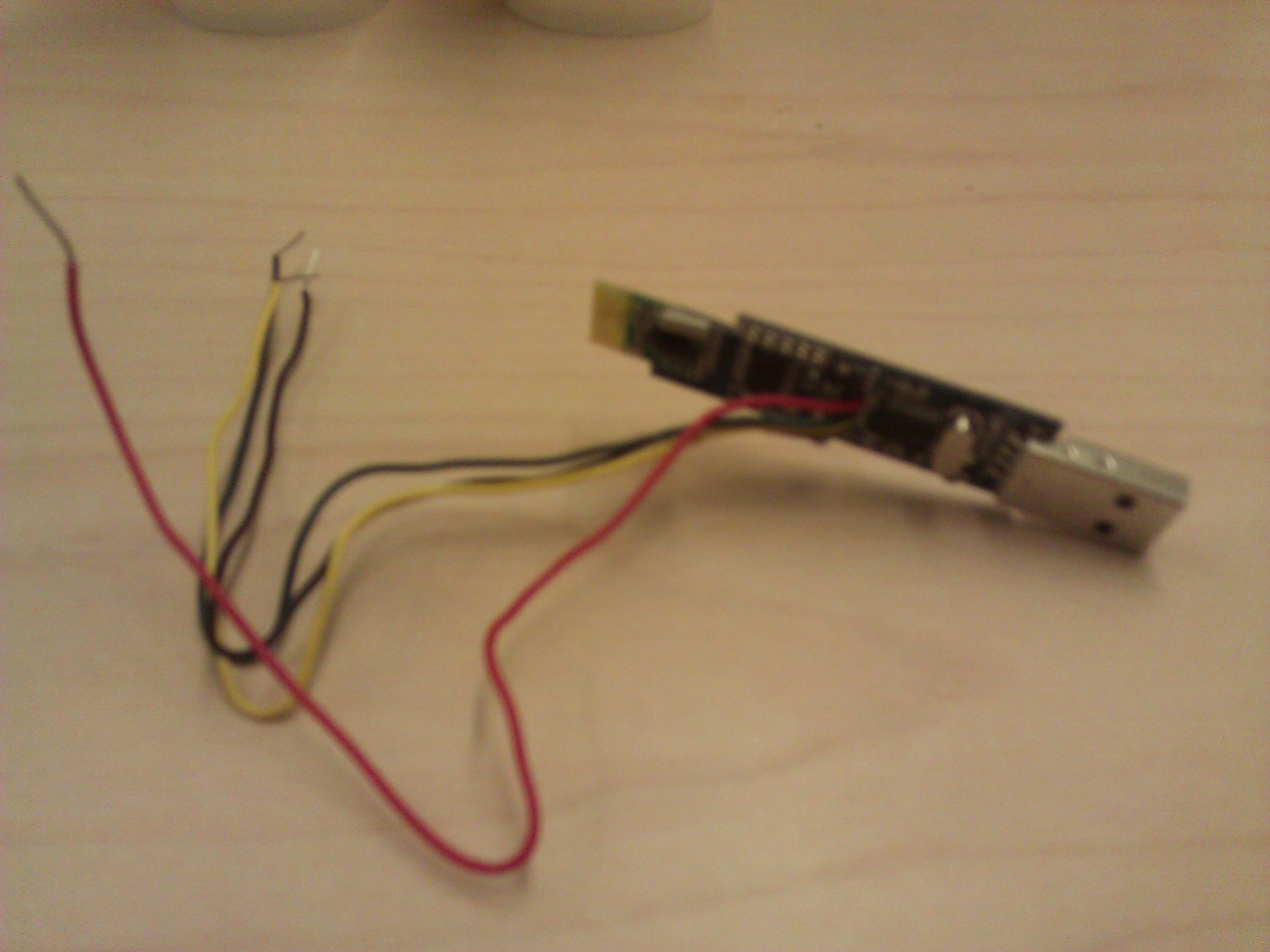
3/7: Demo Day!
Today was Demo Day! Everything went very well, and almost all of the users of the device were able to trigger the power on and off, and some were even successful in using their blinks to change channels and volume. Demo day made it quite clear that we still have a lot of work to do in making the device more universal and calibrating it to different users. Here, we can see Bruce, James, and Matt standing around our demo table at the beginning of the day.
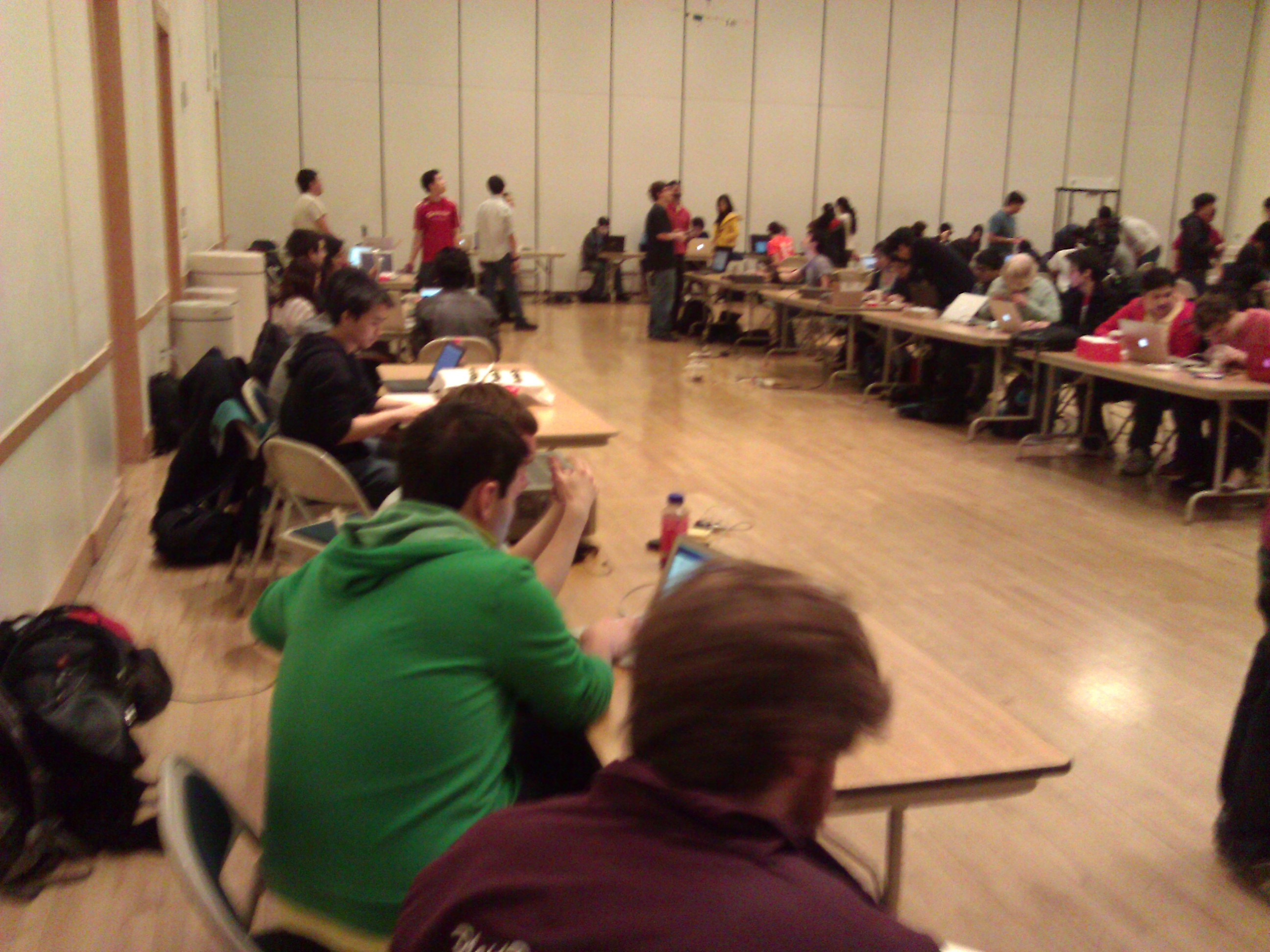
2/26: Setting up the Universal Remote
We began our first work session by trying to get the universal remote aspect working. This piece would need to be able to take register and save commands from any type of remote so that the our device would work with any television. Here, you can see the LED receiver and Infrared LED attached to the arduino.

Next, we tested with a remote to see if it was picking up the sent codes with the arduino connected, which was also successful. The arduino can now accept one code and send that code back out at the push of a button. When this piece becomes integrated with the mind control portion, the trigger will be brainwaves rather than a physical button.
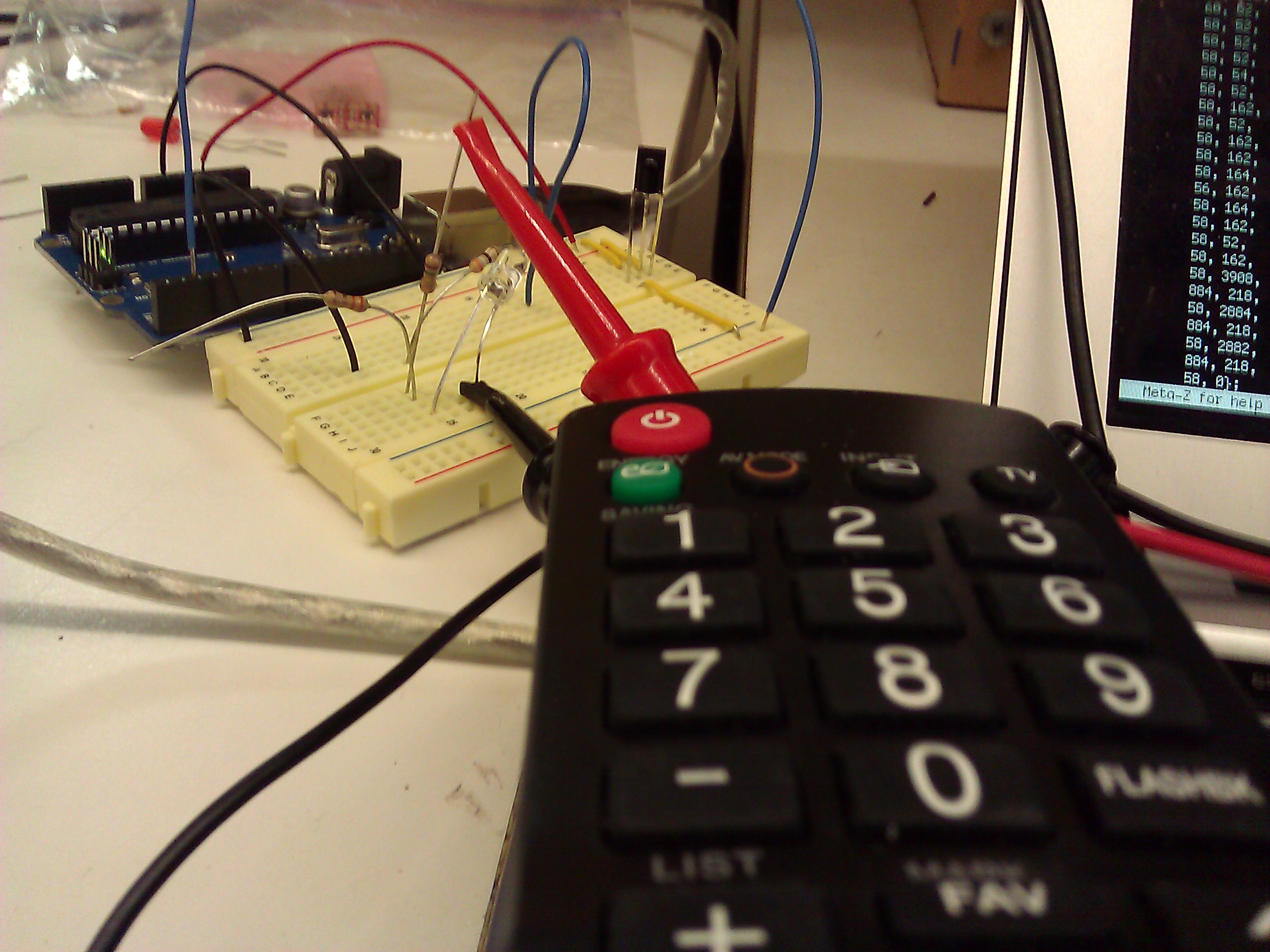
2/21: The Parts Arrive
We couldn't wait to test the Mindwave, so as soon as it arrived we began unpacking it to see what it was capable of. Here, Bruce and James play some of the games that come packaged with the mindwave.
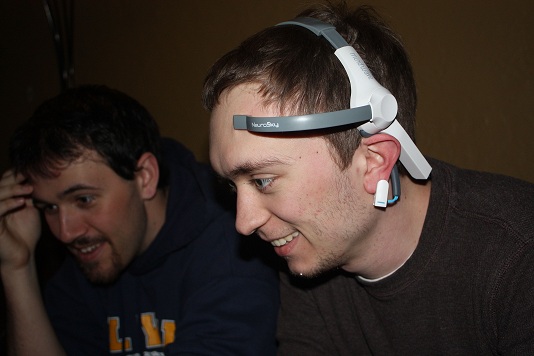
We then began to look at some of the graphs and output generated by the Mindwave. This is a sample of what happened while one of the group members watched TV with the Mindwave set to "Attention" mode.

The rest of the less exciting parts came in today too. Here, pictured left to right, we have the IR LED, the receiver diode, a level converter, and an Arduino board. The responsibilities of the components are outlined in the document available here.
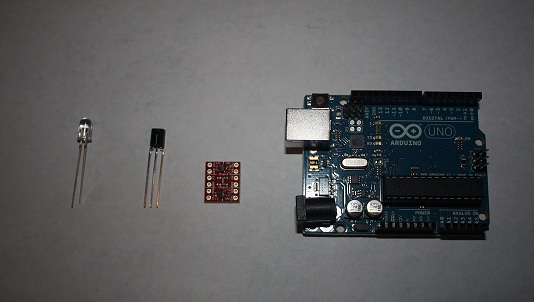
We're very excited to begin progress on the project, and will continue to update this page with progress content.
2/14: Layout
For our first in-class presentation we prepared a layout of the system. The presentation is available in the extras section, and would be a great starting point for understanding the project.